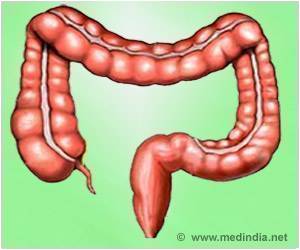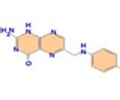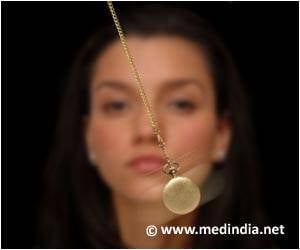Biofortifed orange maize helps to combat problems related to vitamin A deficiency in children.

- The ill-effects of vitamin A deficiency include stunted growth and blindness in children.
- According to the WHO, vitamin A deficiency causes vision loss in around 500,000 children worldwide, annually.
- For the study, rural children in Zambia got meals made from vitamin A biofortified orange maize.
- Improved night vision, dark adaptation and better engagement in day to day activities were observed in this group of children.
Severe vitamin A deficiency can cause blinding eye disease and a high risk of death from otherwise curable infections.
Less severe, incipient vitamin A deficiency is also an important underlying cause of death in children. This is more frequent and difficult to detect.
The study was conducted among school-aged children (4 to 8 years old) in rural Zambia and published in The Journal of Nutrition.
This randomized efficacy study was conducted in Zambia's Mkushi District among children who were marginally vitamin A deficient.
The biofortified orange maize used in this study was conventionally bred to have higher levels of beta-carotene, a naturally occurring plant pigment that the body converts into vitamin A with higher efficiency.
"It shows that in populations that are vitamin A deficient, the eyes can respond well to a good source of vitamin A such as orange maize in a fairly short span of time," says lead author Amanda Palmer of Johns Hopkins Bloomberg School of Public Health. "It also validates the importance of orange maize for tackling vitamin A deficiency as part of a food-based approach."
Testing for vitamin A deficiency is problematic because blood collection can prove difficult in rural settings. Levels of vitamin A in the blood may also be affected by other factors, such as infections.
For the current study scientists used a new, specialized portable equipment called Portable Field Dark Adaptometer (PFDA), to confirm the benefit of eating vitamin A-rich orange maize in a population with marginal deficiency.
The PFDA is a set of goggles manufactured with a digital camera and flash inside. The goggles are connected to a desktop or laptop computer, which can accurately record the response of the pupil in each eye to changing light conditions.
"It is an impressive advancement that with portable, more user-friendly equipment scientists are now able to accurately record the changing size of the pupils of the children's eyes," says Erick Boy, Head of Nutrition at HarvestPlus and a pediatrician by training. "In this study, the researchers documented how childrens’ eyes responded to different light conditions before and after a six-month feeding period. This used to be a much more cumbersome task until now."
"Until now, most of the tools and techniques used to measure night vision have relied on dark rooms, which are impractical in rural field settings. And, results were subjective," says Palmer. "With PFDA we don't need a tent or a dark room and it gives accurate results for people aged 3-4 years or older."
The children wore PFDA goggles to record pupil response. "We measured the responsiveness of the pupil to light and calculated the change in pupil size over a period of time. These goggles enabled us to monitor something that was not possible before," says Palmer.
Source-Medindia















